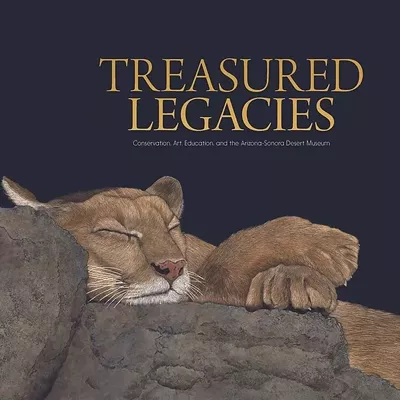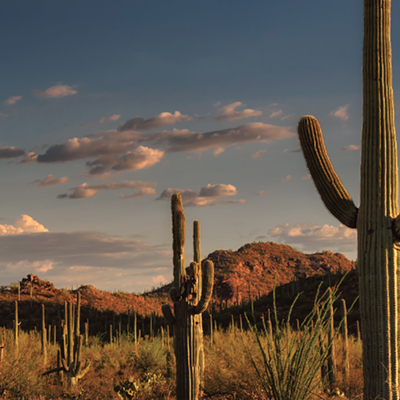Maybe. Maybe even more so if you live in the Puget Sound area, where writer-teacher-naturalist Frances Wood makes her home, as well as most of her observations about the seasonal ebb and flow of feathered friends (their haunts and habitats), which she says also takes place throughout the western United States.
The 247-page book is formatted into 12 chapters, each representing a month of the bird-watching calendar. Wood says, "Each day in the life of a bird represents major do-or-die events." The author acknowledges that friends call her a "bird magnet" with good avian karma. Decrying possession of any special powers, she says her secret of the skies doesn't involve metaphysics or rocket science, but the simple capability to observe what others may miss, and the quickness of mind to immediately record those sightings. She's kept a journal of those observations for years and can just about predict with surety the exact spring day when violet-green swallows will return.
"Birds visit my garden because I feed them, provide water for drinking and bathing, and leave tangles of brush for nesting," she writes. "Wild birds flutter, swim, fly, feed, call, hop, swoop and sing all around us, but these activities often go unnoticed. This book will help you tune in, whet your desire to notice birds, and expand your understanding and appreciation of what you see. A world that has been an endless source of wonder and thrill to many other bird-watchers--and to me--awaits your discovery."
Readers can start out with January ("a relatively quiet month for activity, perfect to learn about or refocus on birds") and work their way into high sighting season. Apparently, a lot of folks do, as an estimated 70 million Americans share in this Zen of bird watching, making it the fastest growing hobby in the United States, second only to gardening in popularity. Hobbyists can contribute whatever involvement they feel comfortable with, from minimal to total dedication to their new sport, either as a "lister," who faithfully logs details of each species sighting, or a "twitcher," who goes to great lengths to witness a single bird from a rare species.
"In many ways, bird watching represents futility because the bird always has the advantage," Wood notes as she answers the "Why watch birds?" question. About calling birds--every one of the 9,700 different species--"the jewels of our planet," she writes: "There is nothing so beautiful as the sight of a bird utterly abandoned to its song, every bit of its being surrendered to the music, the tip of the tiniest feather trembling like a tuning fork with sound."
The author's life in large measure revolves around daily walks and frequent sightings of birds found along the northern coast of Washington's Olympic Peninsula. She says those birds are familiar sightings throughout the West--"the same birds that come to feeders, live in the back corners of gardens, in the park down the street and in the protected wildlife areas miles away from cities."
Wood brings her narrative closer to our home with a February visit to southeastern Arizona's Sulphur Springs Valley and a search for raptors. "Southeast Arizona is famous for hummingbirds in the spring and summer; in winter, interest switches to raptors," she writes of her visit to small, cultivated and sage-covered rangeland fields that local birders call "Raptor Valley." Along this unnamed gravel road she finds a variety of birds of prey that sit atop the avian food chain. Eagles, hawks, falcons, osprey, owls, and kites are easy to see in their flashy majesty as they swoop down occasionally to pick off snakes, amphibians, or smaller birds. The word raptor comes from the same root as "robber," meaning to seize by force, and these birds earn their title, particularly a wide selection of active football-shaped red-tailed hawks.
Mixed between the descriptions of nature's wonder are tidbits of little-known information, such as the fact that woodpeckers have specialized tools to help them hang vertically. Their feet are large and zygodactylous: Two toes point forward; two others point backward, and those large claws, along with a stiff tail to brace against a tree, help vertical positioning. That fact alone supports the books contention that "there is no other door to knowledge than the door nature opens; and there is no truth except the truths we discover in nature."







